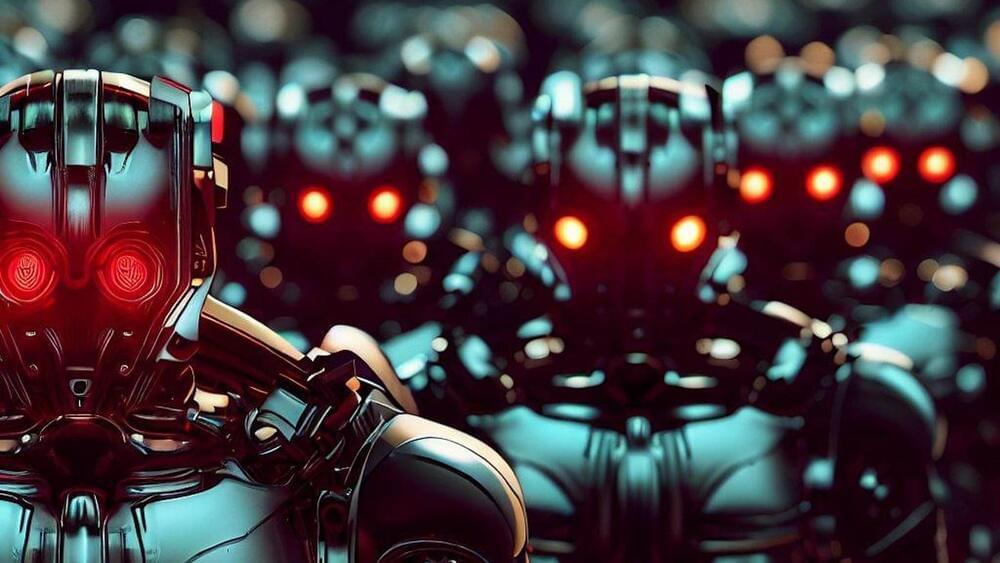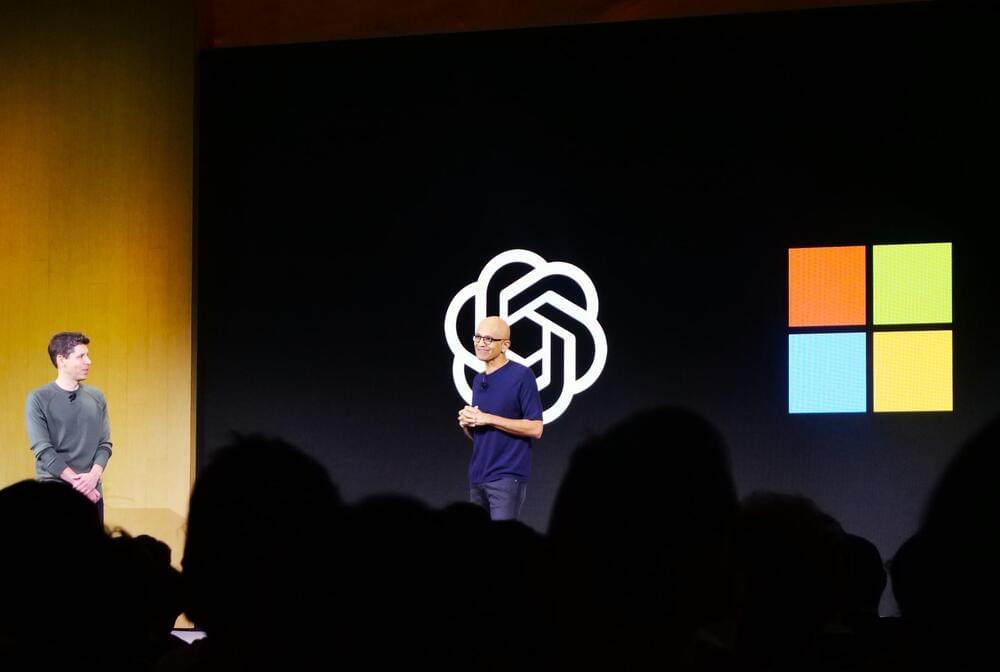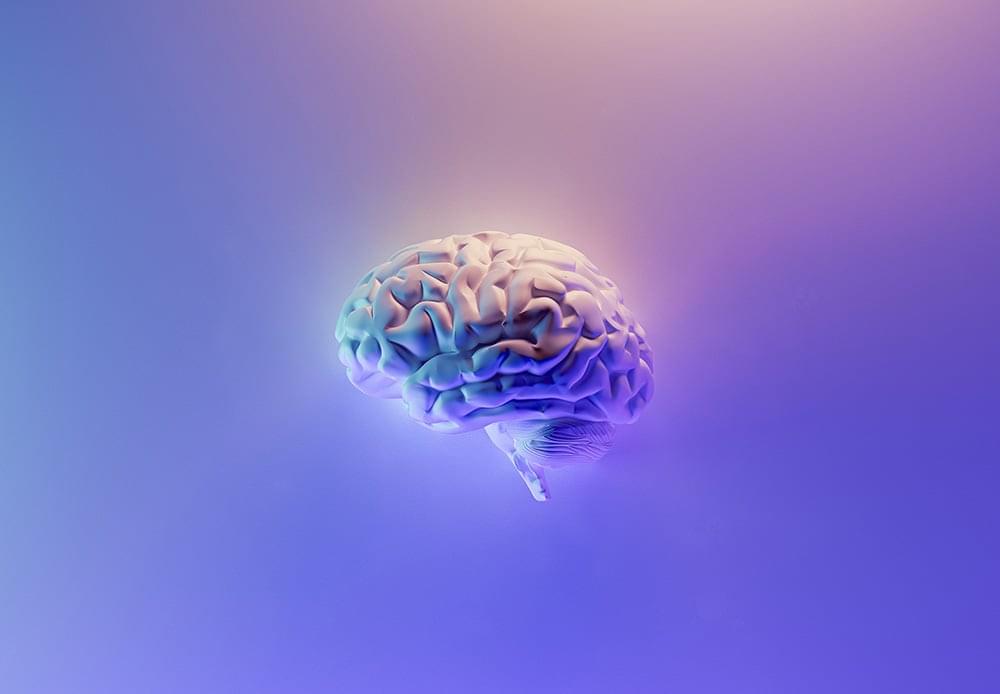DeepMind’s new machine learning algorithm takes less than a minute to make its forecasts and can run on a desktop. But it won’t replace traditional forecasts anytime soon.



A new Mirai-based malware botnet named ‘InfectedSlurs’ has been exploiting two zero-day remote code execution (RCE) vulnerabilities to infect routers and video recorder (NVR) devices.
The malware hijacks the devices to make them part of its DDoS (distributed denial of service) swarm, presumably rented for profit.
The discovery of ‘InfectedSlurs’ comes from Akamai, who first spotted it on its honeypots in late October 2023. However, the botnet’s initial activity dates back to late 2022.

The OpenAI saga appears to be in a holding pattern, at least for the moment, as hundreds of employees threaten to leave en masse if the board doesn’t resign and reinstate Sam Altman as CEO of the artificial intelligence powerhouse.
Microsoft CEO Satya Nadella made it clear in interviews Monday that the company wouldn’t be opposed to Altman returning to OpenAI, with changes to the board, including provisions to keep Microsoft from being surprised in the manner it was on Friday, learning of Altman’s ouster minutes before the rest of the world.
“One thing, I’ll be very, very clear, is we’re never going to get back into a situation where we get surprised like this, ever again. … That’s done,” Nadella said on a joint episode of the Pivot and On with Kara Swisher podcasts.
Go to https://buyraycon.com/isaacarthur to get 20 to 50% off sitewide! Brought to you by Raycon.
In the grand theater of the cosmos, amidst a myriad of distant suns and ancient galaxies, the Fermi Paradox presents a haunting silence, where a cacophony of alien conversations should exist. Where is Everyone? Or are we alone?
Visit our Website: http://www.isaacarthur.net.
Join Nebula: https://go.nebula.tv/isaacarthur.
Support us on Patreon: https://www.patreon.com/IsaacArthur.
Support us on Subscribestar: https://www.subscribestar.com/isaac-arthur.
Facebook Group: https://www.facebook.com/groups/1583992725237264/
Reddit: https://www.reddit.com/r/IsaacArthur/
Twitter: https://twitter.com/Isaac_A_Arthur on Twitter and RT our future content.
SFIA Discord Server: https://discord.gg/53GAShE
Credits:
The Fermi Paradox Compendium of Solutions & Terms.
Episode 420; November 9, 2023
Written, Produced & Narrated by: Isaac Arthur.
Editors: Donagh Broderick.
Graphics by:
Darth Biomech.
Jeremy Jozwik.
Katie Byrne.
Ken York YD Visual.
Legiontech Studios.
Sergio Botero.
Tactical Blob.
Udo Schroeter.
Music Courtesy of:
Epidemic Sound http://epidemicsound.com/creator.
Markus Junnikkala, “Memory of Earth“
Stellardrone, “Red Giant”, “Ultra Deep Field“
Sergey Cheremisinov, “Labyrinth”, “Forgotten Stars“
Miguel Johnson, “The Explorers”, “Strange New World“
Aerium, “Fifth star of Aldebaran”, “Windmill Forests”, “Deiljocht“
Lombus, “Cosmic Soup“
Taras Harkavyi, “Alpha and…”
0:00:00 Intro.
Educating couples on attachment and teaching communication skills can significantly improve their relationship Questions to inspire discussions Why is most couples therapy ineffective? —Most couples therapy is ineffective because one partner often uses it as a way to air their frustrations and try to fix the other, leading to a miserable experience for all involved.
Remember back before smartphones existed, when you had to buy a separate cell phone, camera, music player, calculator and calendar? Well, the Utility Personal Transporter may one day do for electric vehicles what smartphones did for gadgets.
Currently in functional prototype form, the Utility Personal Transporter (UPT) is being developed by Canadian electric mobility company Envo Drive Systems. In a nutshell, it’s a four-wheel-drive electric platform that can be adapted to serve multiple purposes.
Envo unveiled the vehicle to the media last Friday, at an event that also showcased the new Veemo velomobile. That said, the UPT more closely resembles one of the company’s longer-established products, the e-ATV.

Here’s an unusual fact that takes a bit of explaining. The center of the Earth is around two and a half years younger than the surface.
About 4.6 billion years ago, a hot cloud of dust orbiting the Sun coalesced and cooled. As it did so, the heavier elements formed the center of the Earth, while lighter elements formed the mantle, and the thin layer of crust formed on the surface. This all took place at the same time, with the minor caveat that Earth has accumulated more matter in the intervening years, including potentially from planet Theia, which may have formed the Moon and left mysterious structures deep within the Earth. And yet now the center is younger than the outer bits. How?
A team of physicists calculated this strange fact in 2016. The team was aware that in the 1960s theoretical physicist Richard Feynman gave a lecture in which he stated, according to the possibly erroneous transcription, that the center of the Earth is “one or two days” younger than the surface because of the time-dilating effects of gravity. The team write that they had seen this claim repeated without being checked, likely due to “proof by ethos”, where a scientist’s status is so high that their results and calculations aren’t questioned.


According to the team, the main advantage of Brainnetome is that synthesizes various repositories of information taken from various imaging techniques and experimental methodologies, allowing it to better represent brain connectivity at different scales and modalities across the brain’s 246 subregions, including structural and functional patterns between them.
Brain atlases “can help us understand how brain regions are interconnected and how they interact at various levels of granularity,” explained the team. “Such insights are crucial for modeling brain dynamics and simulating complex neural processes.”
Reading the book ‘Society of Mind’ by Marvin Minsky #artificialintelligence #machinelearning #cognitivescience